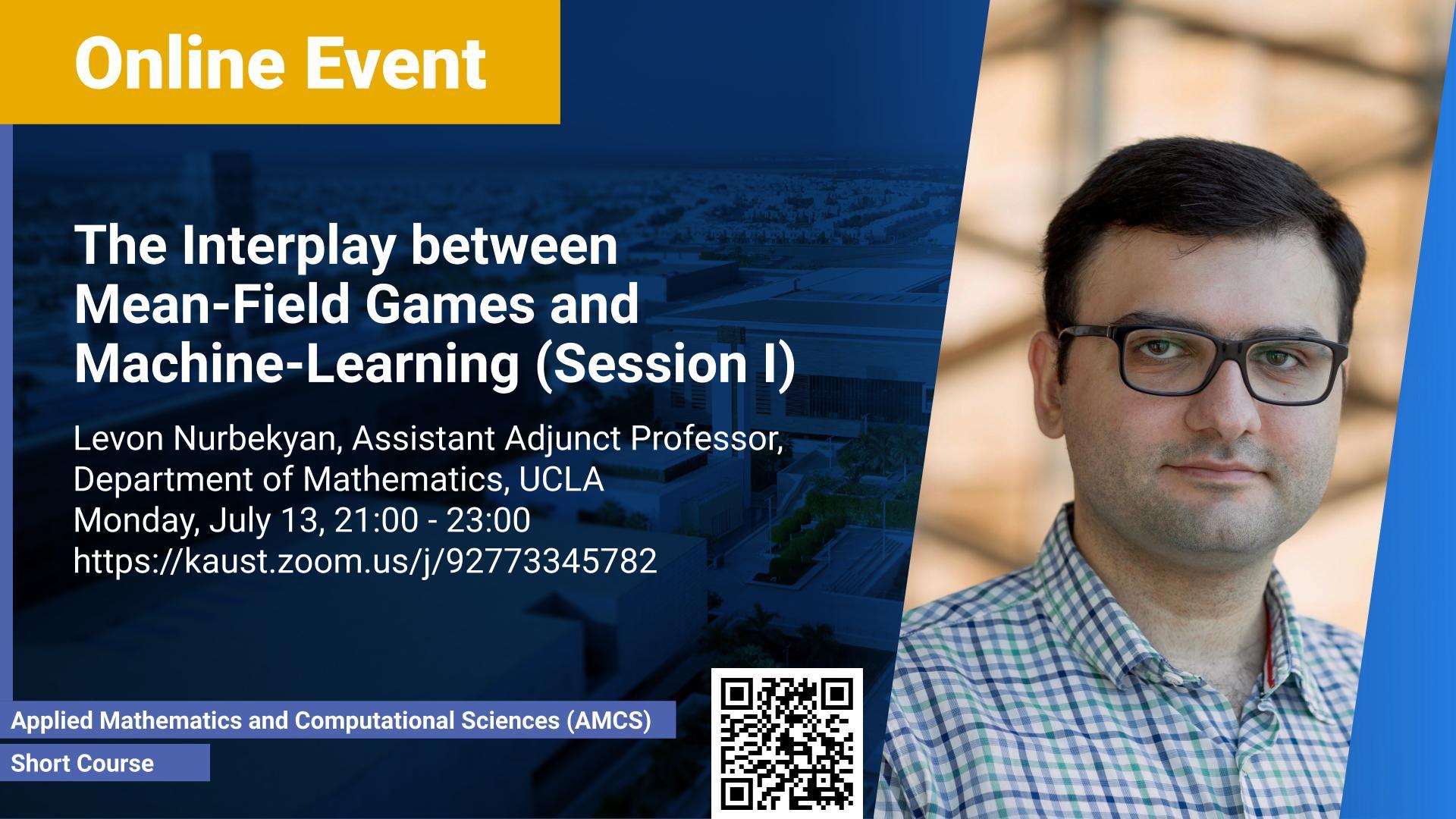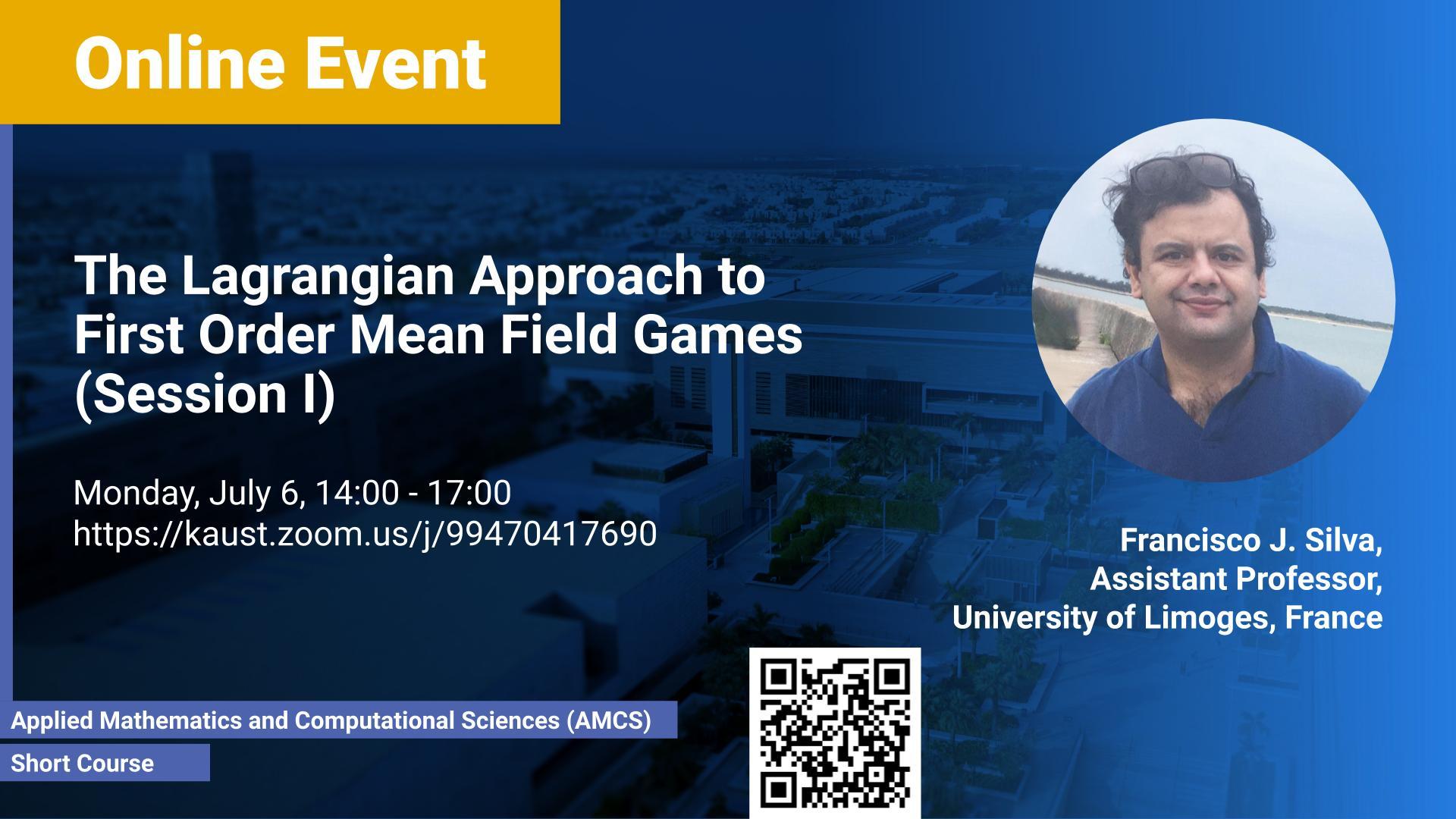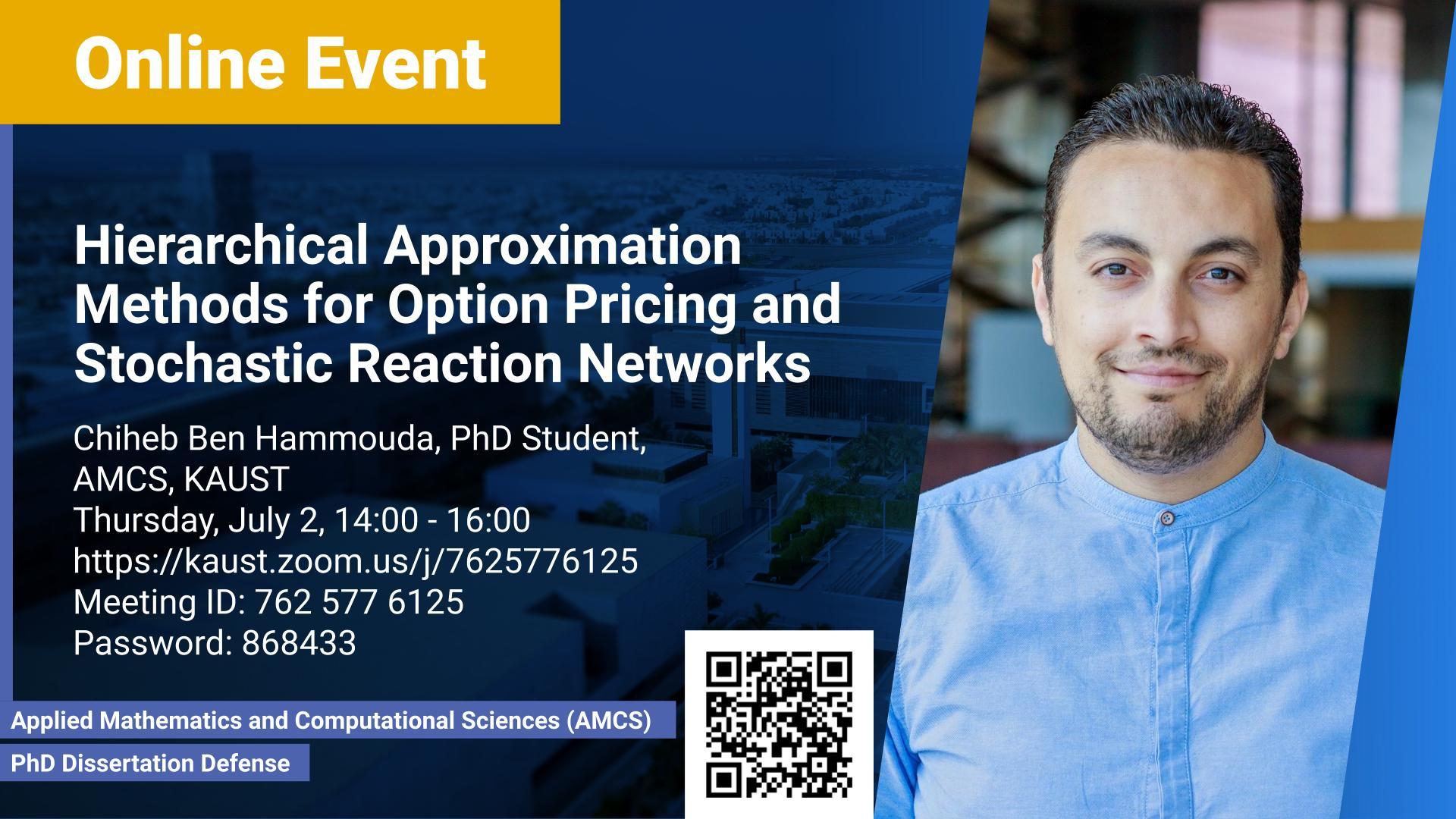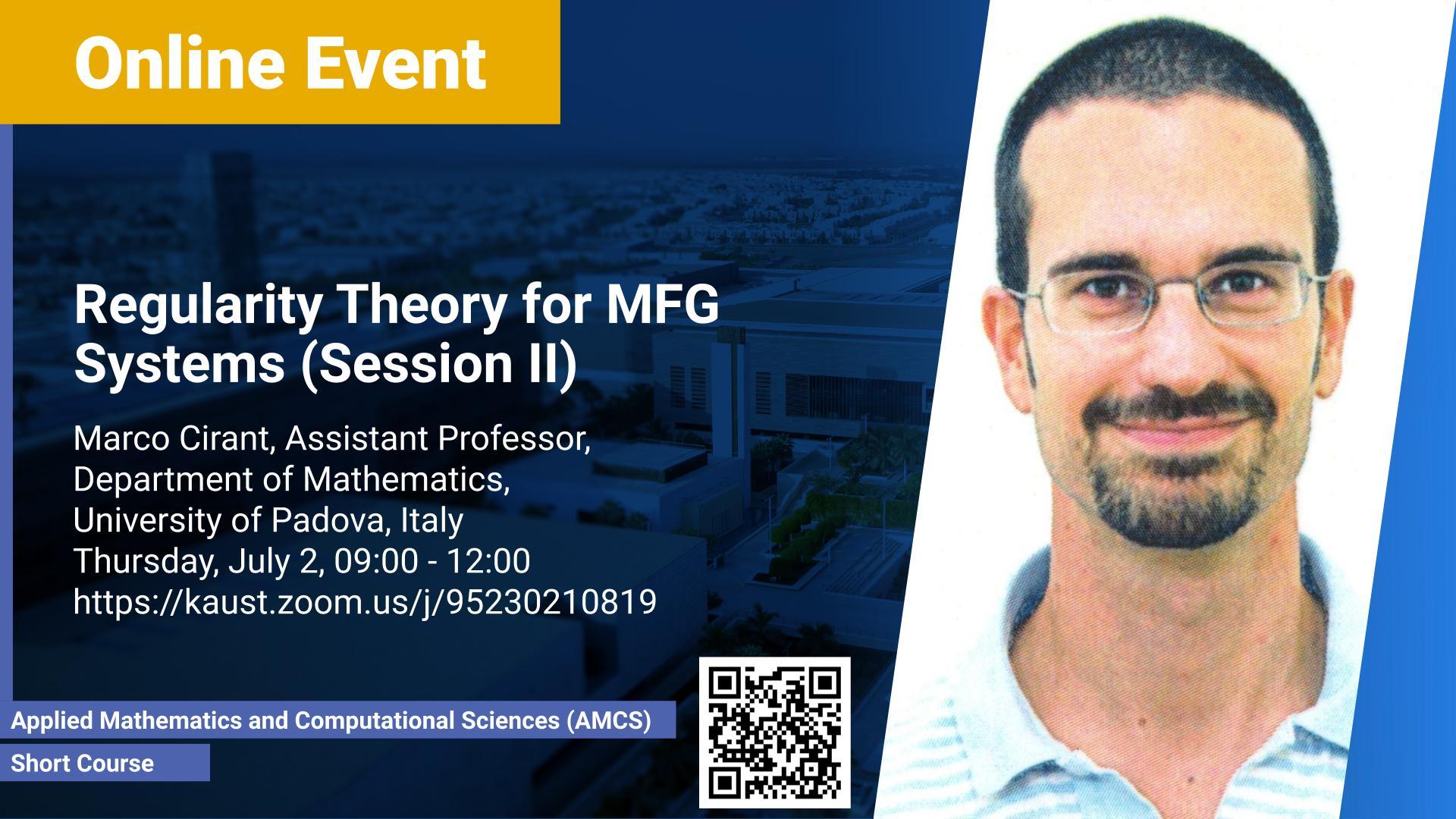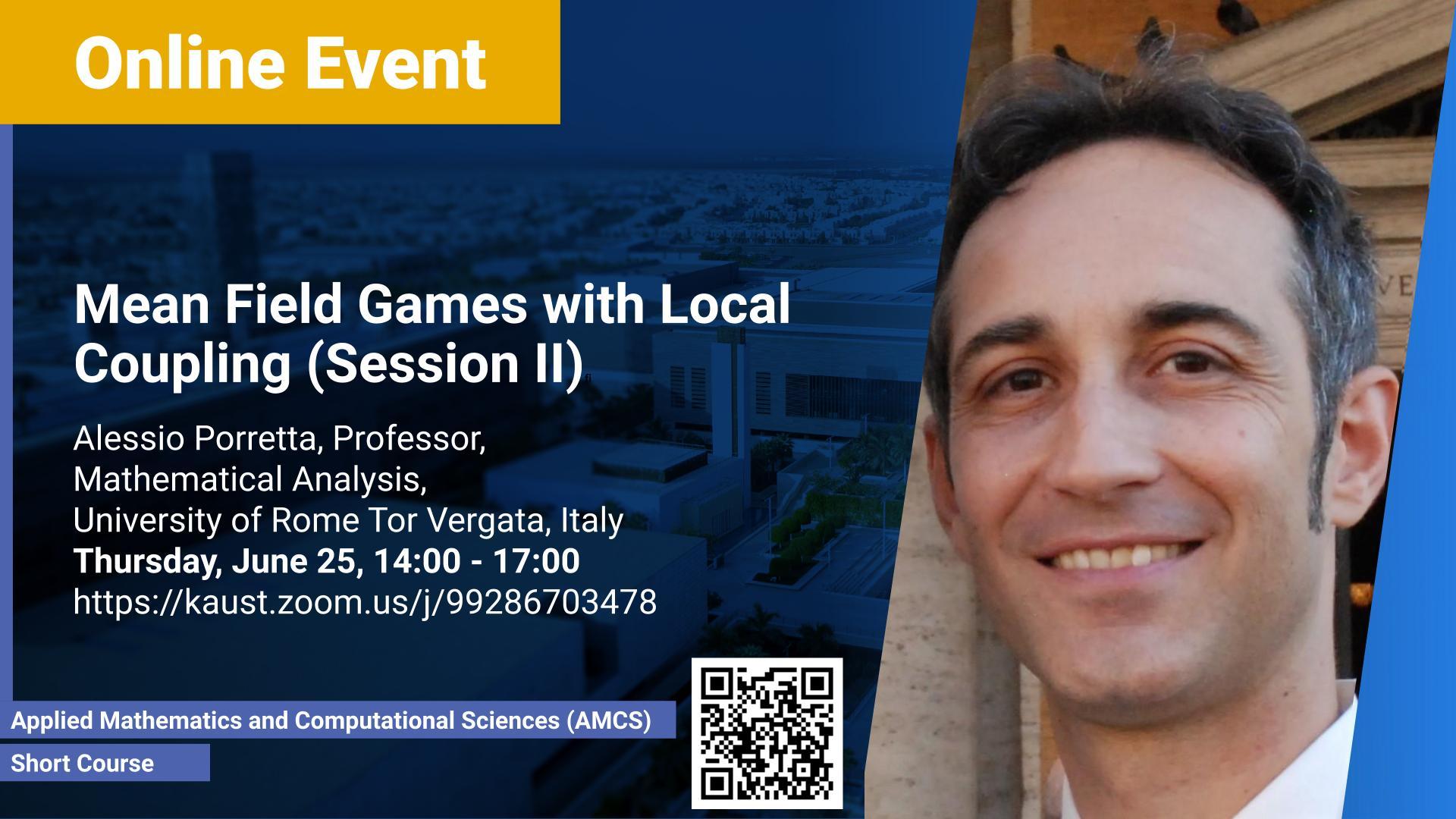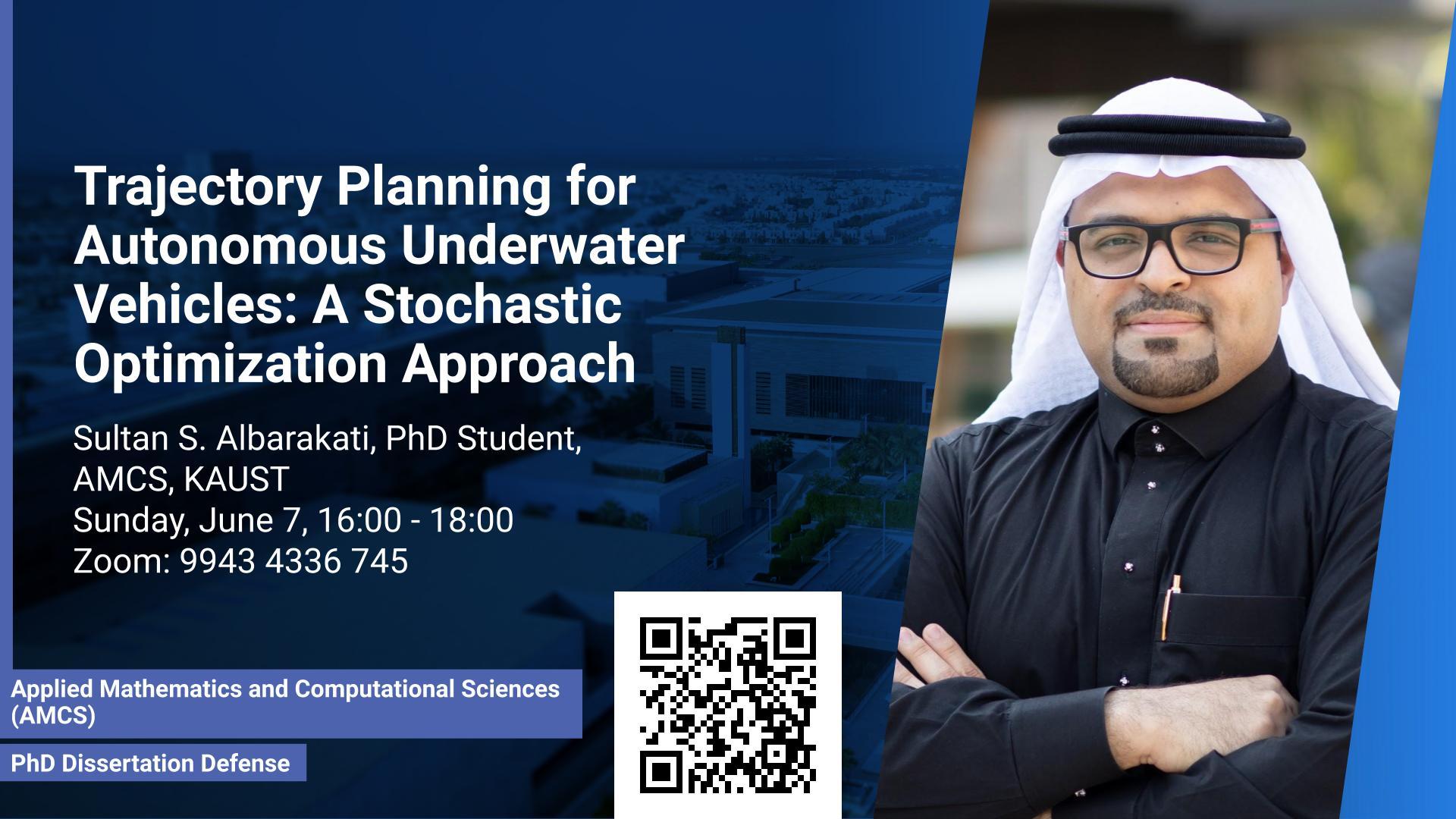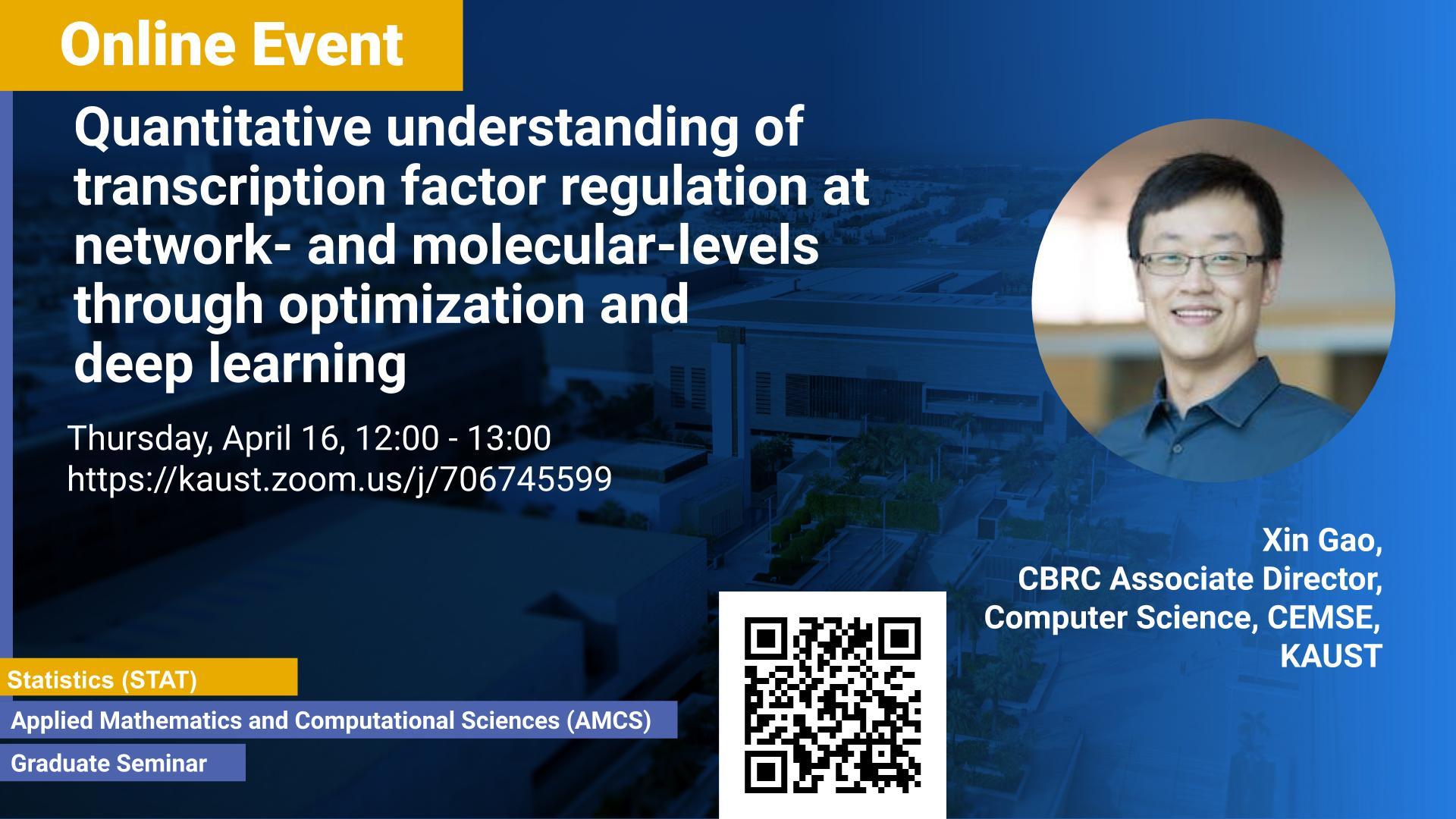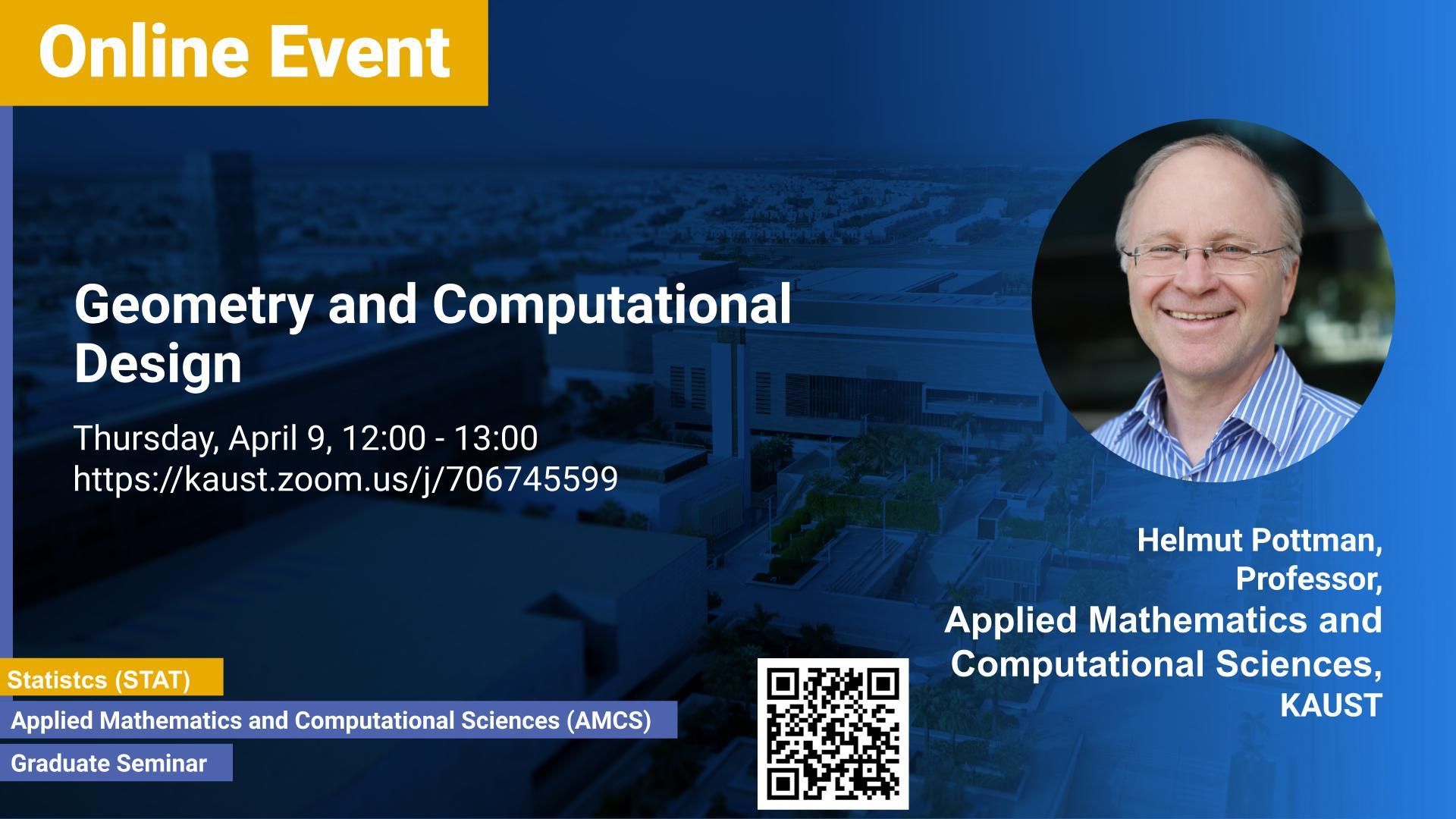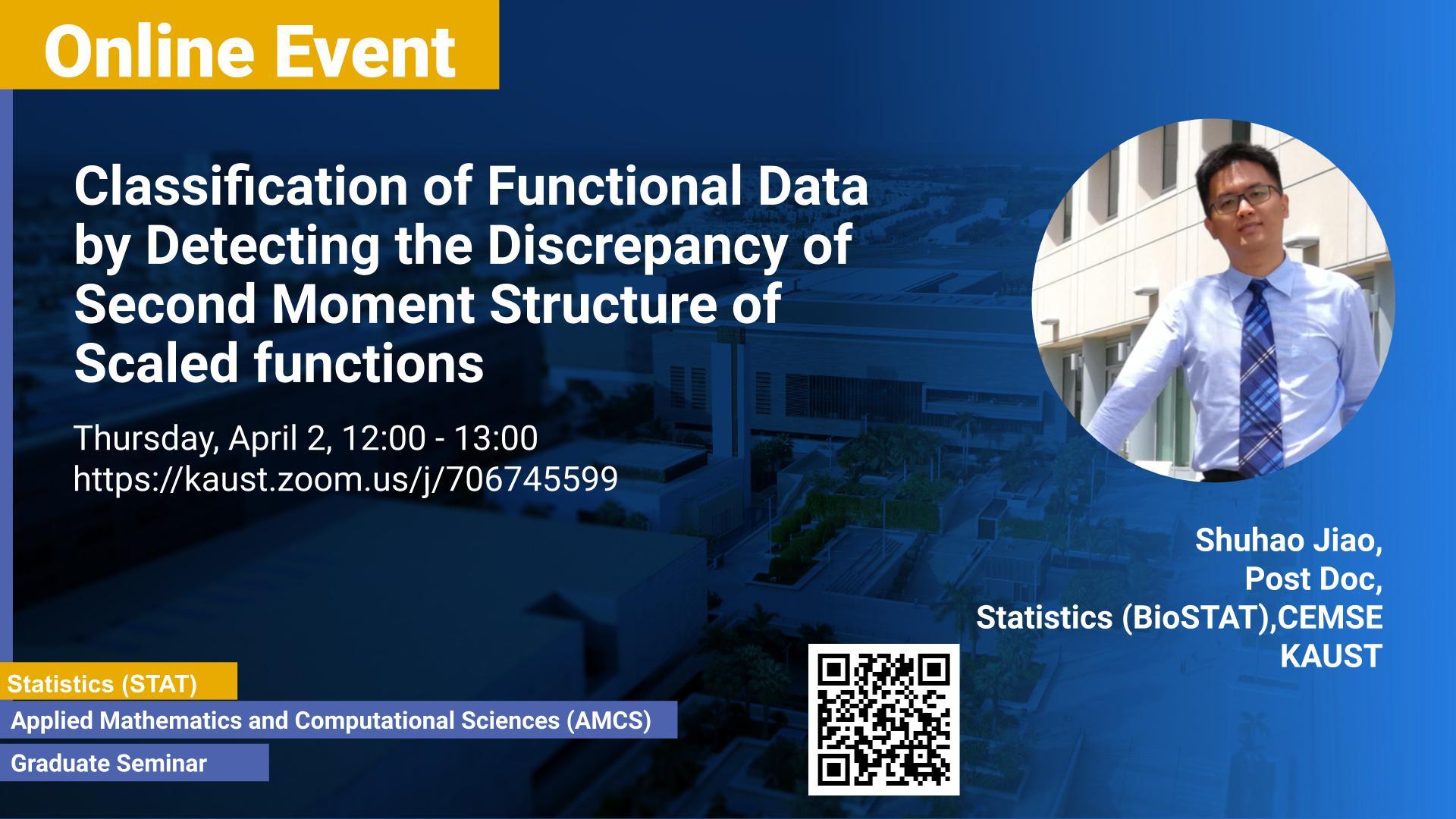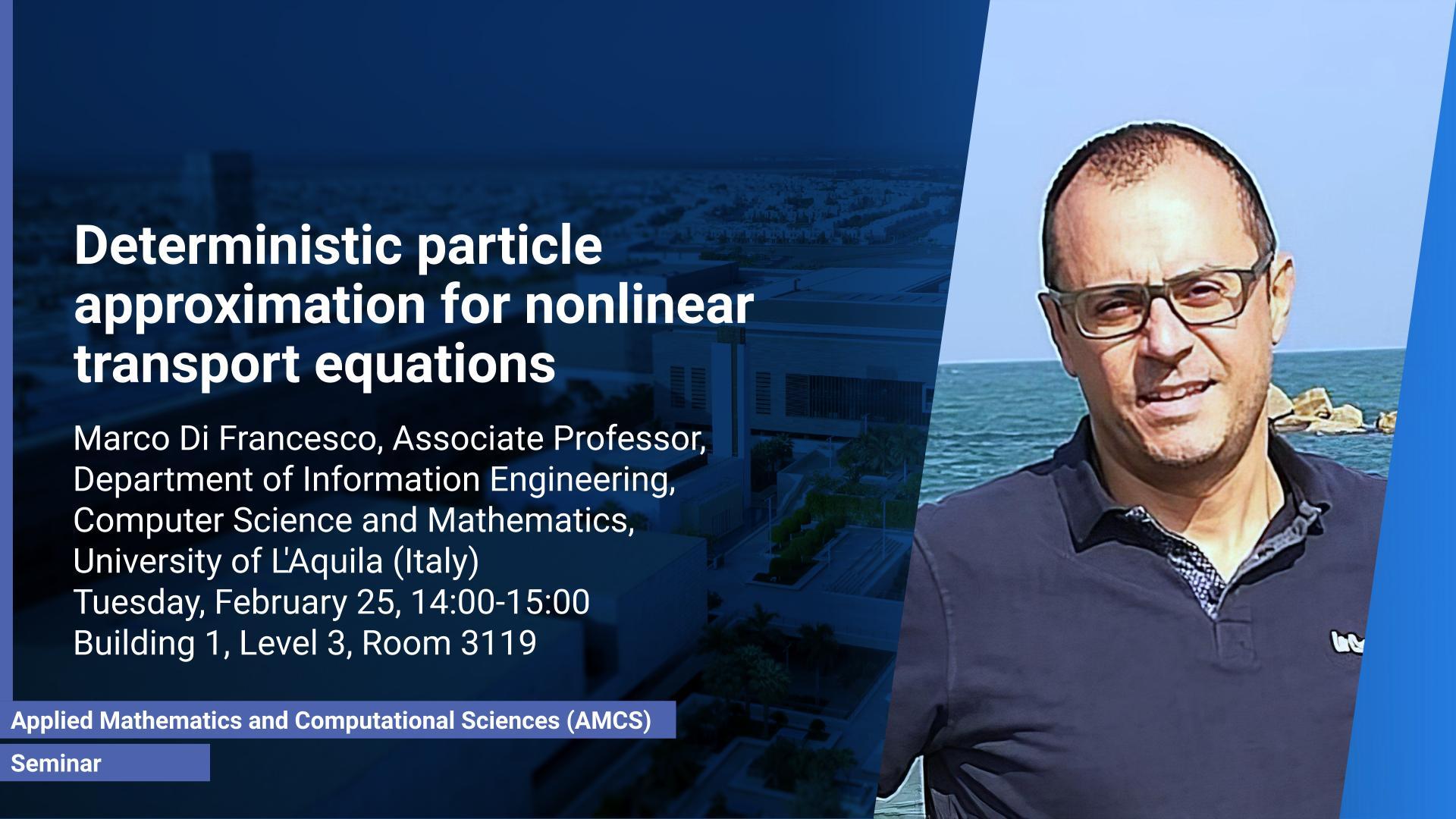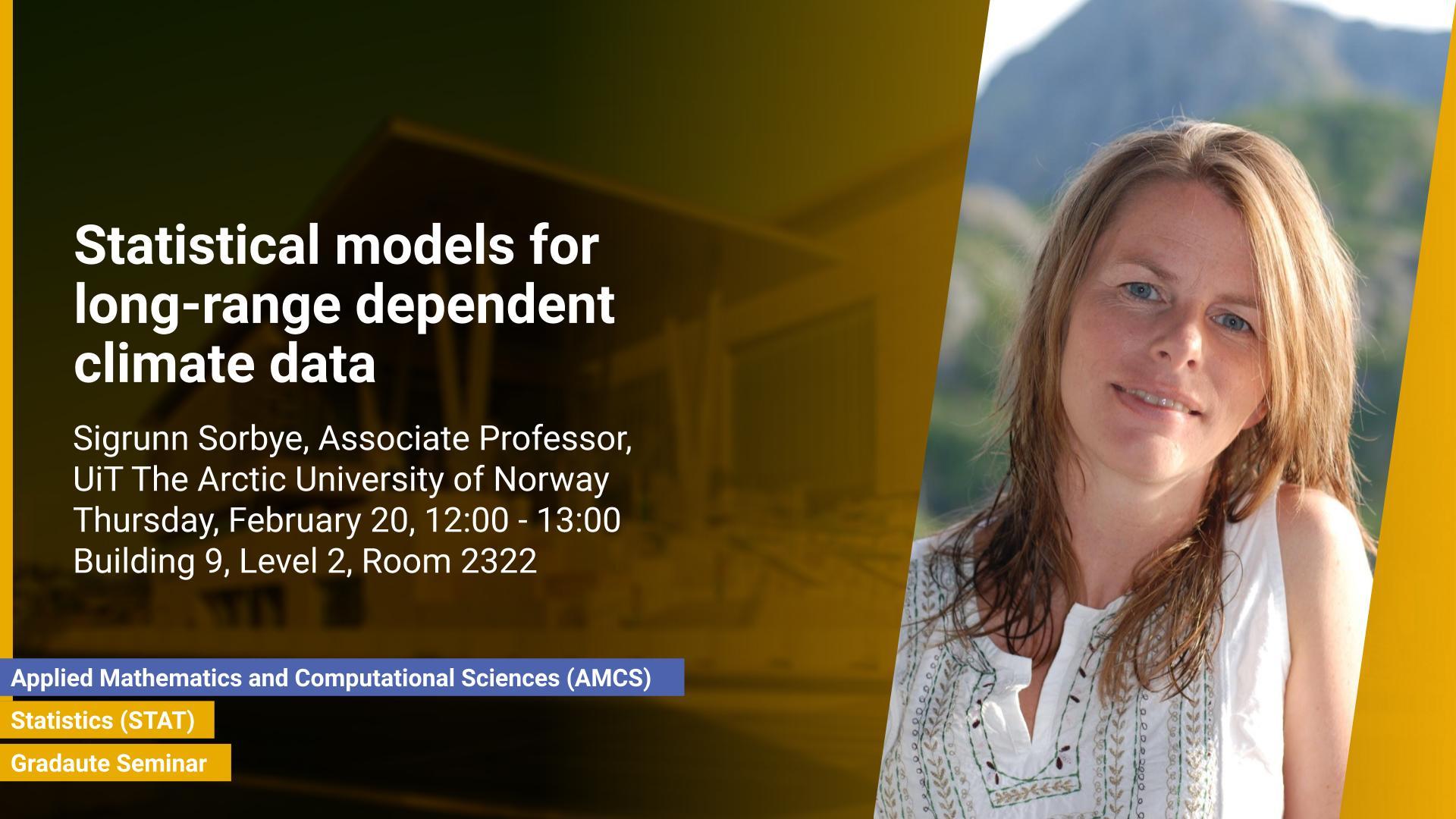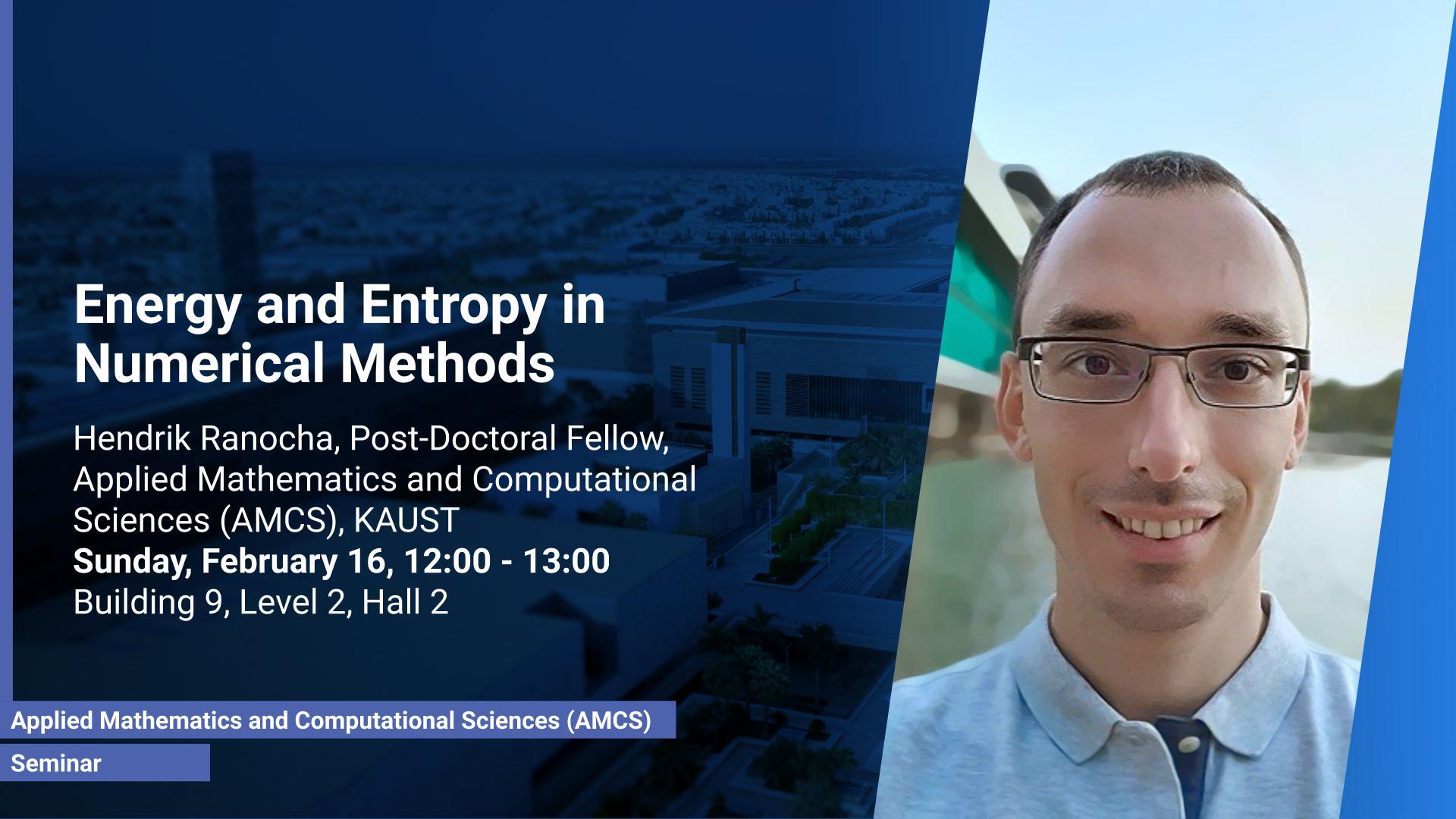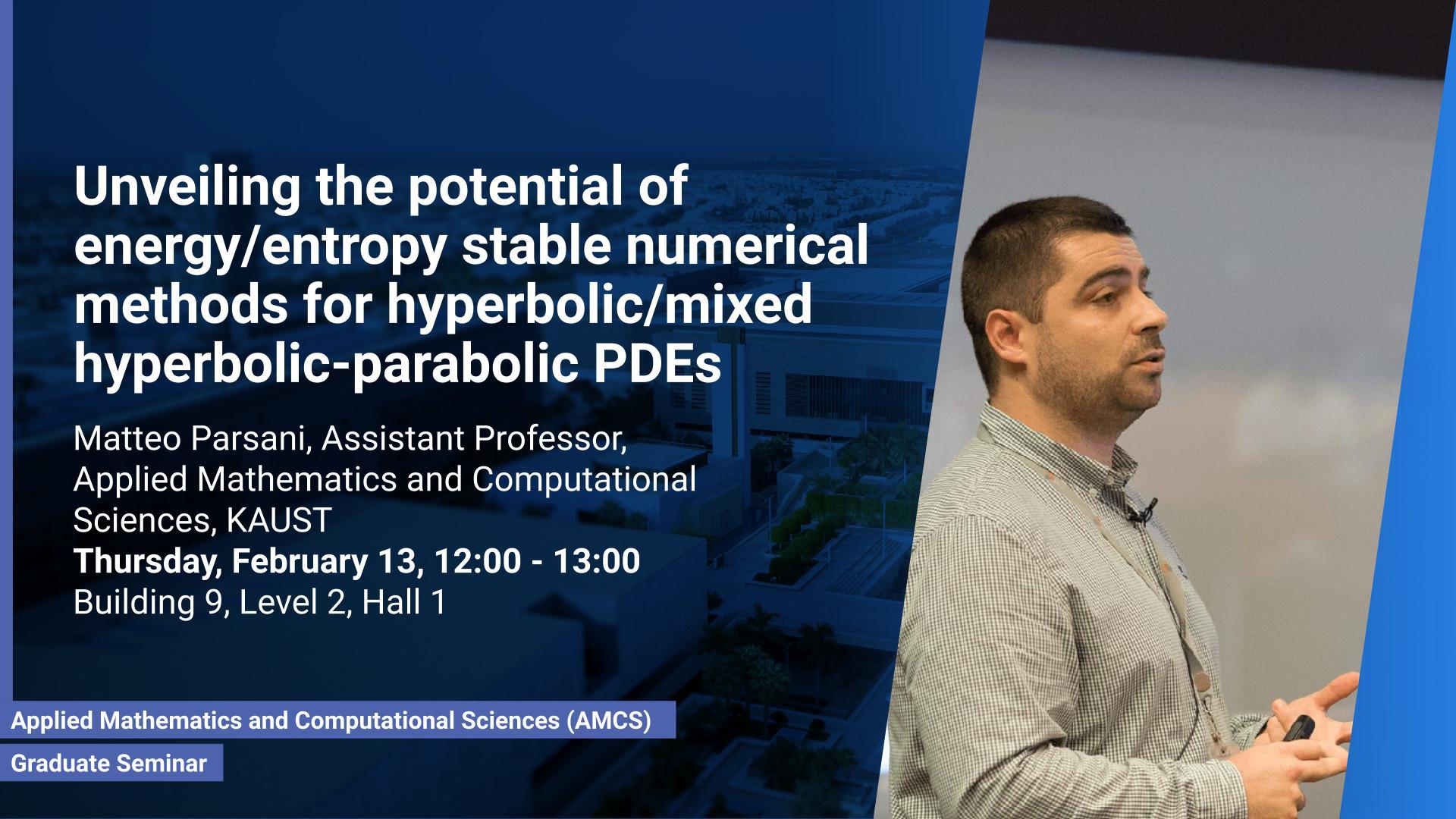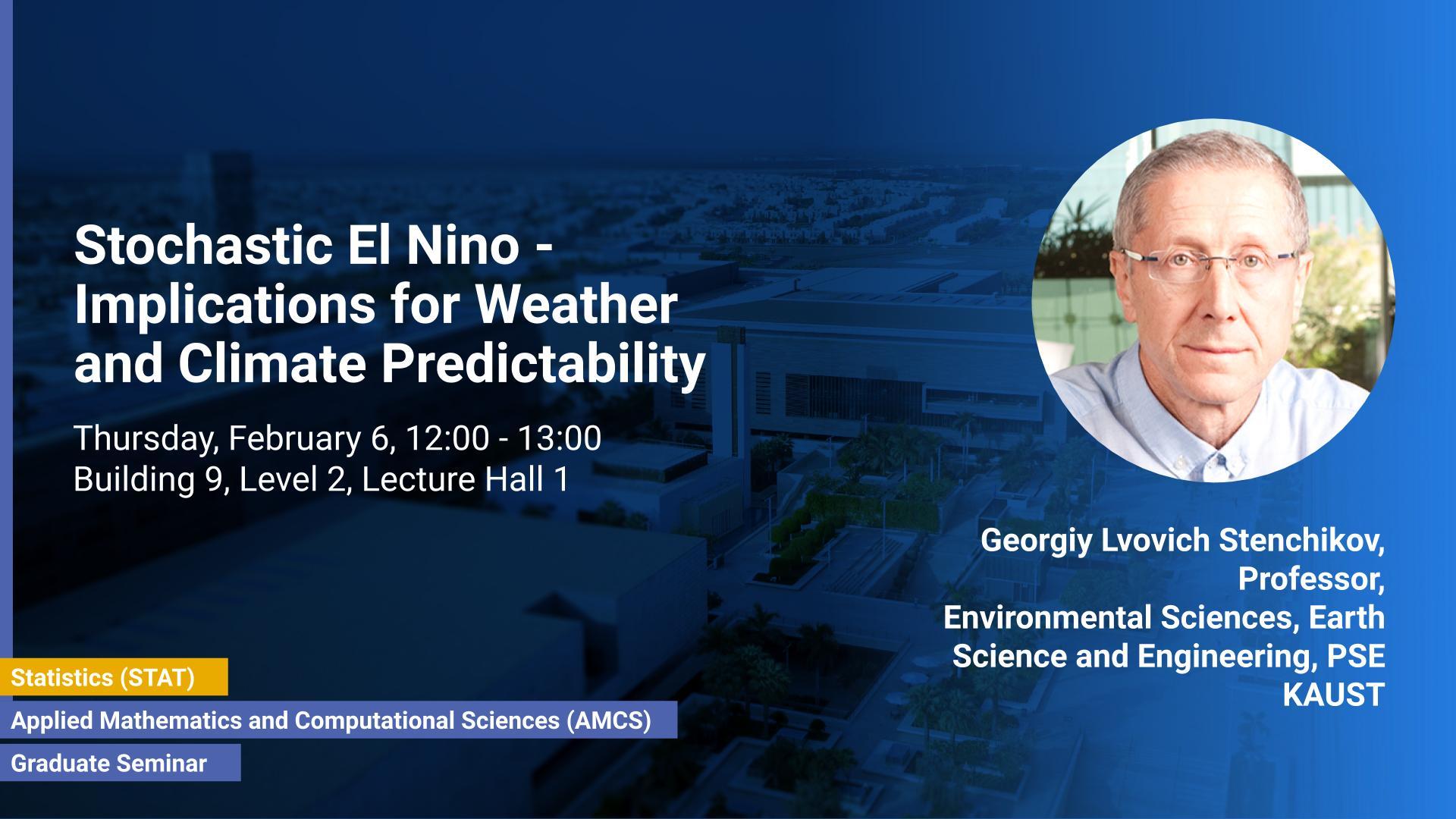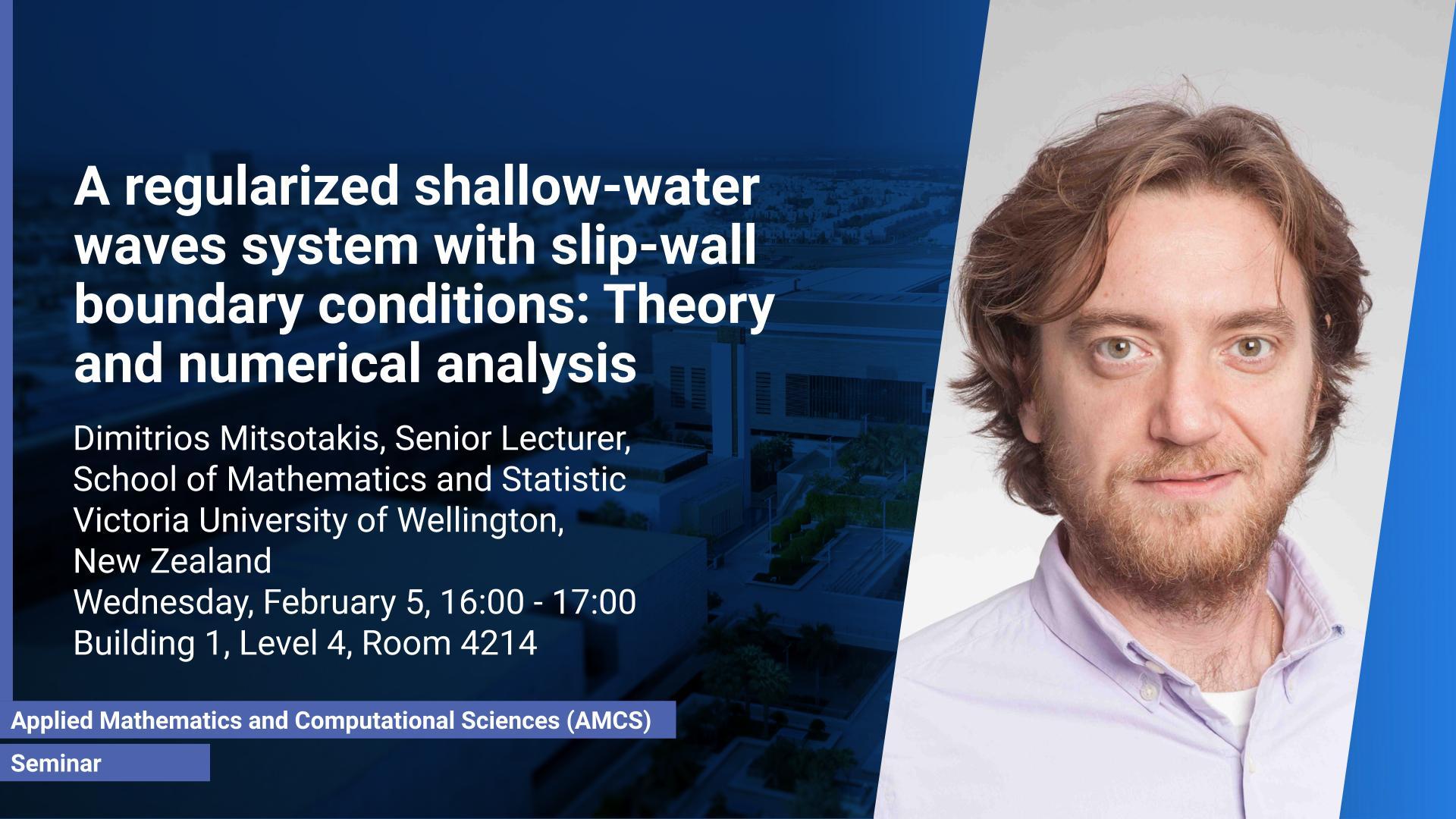Prof. Levon Nurbekyan, Department of Mathematics, UCLA
Monday, July 13, 2020, 21:00
- 23:00
KAUST
Contact Person
In this short course, I will discuss connections between mean-field games (MFG) systems and modern machine-learning (ML) techniques and problems. In the first part of the course, roughly the first two lectures, I will present how various ML techniques can be applied to solve high-dimensional MFG systems that are far out of reach for traditional methods. In the second part of the course, I will discuss the reverse relation, namely, how the MFG framework can be useful for solving specific ML problems.
